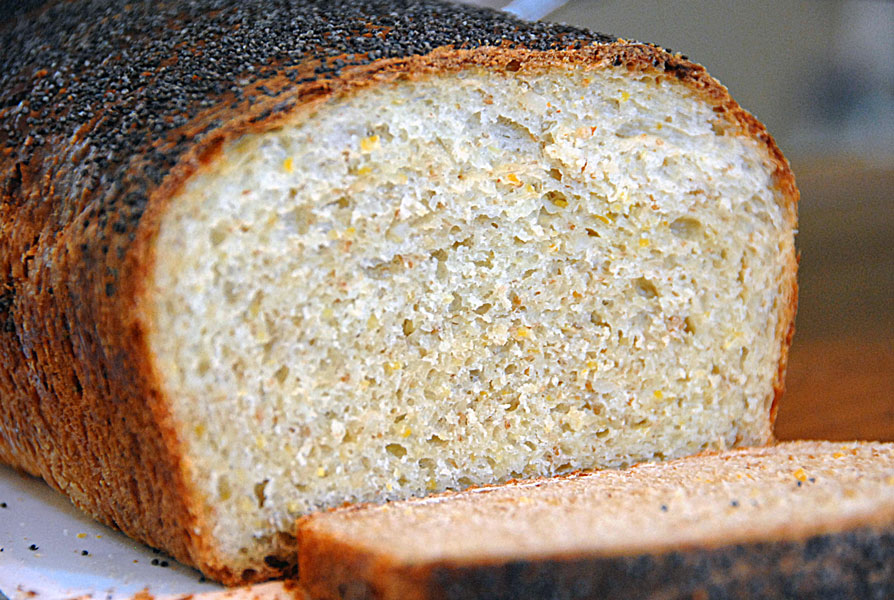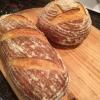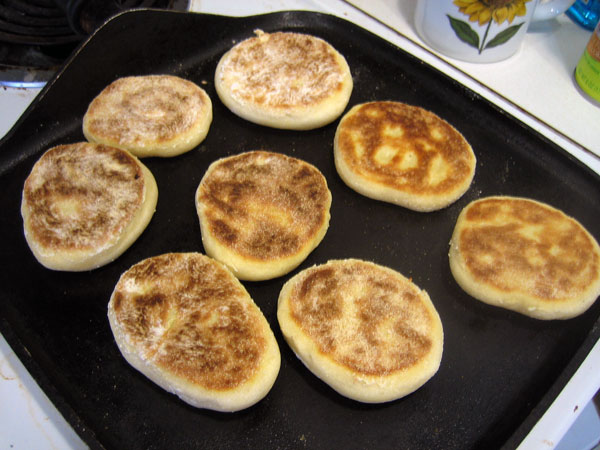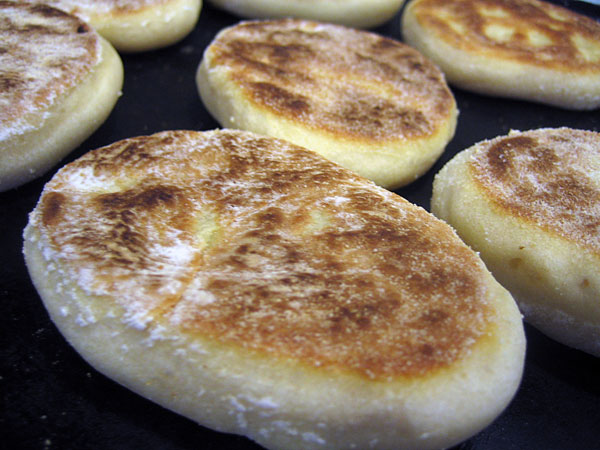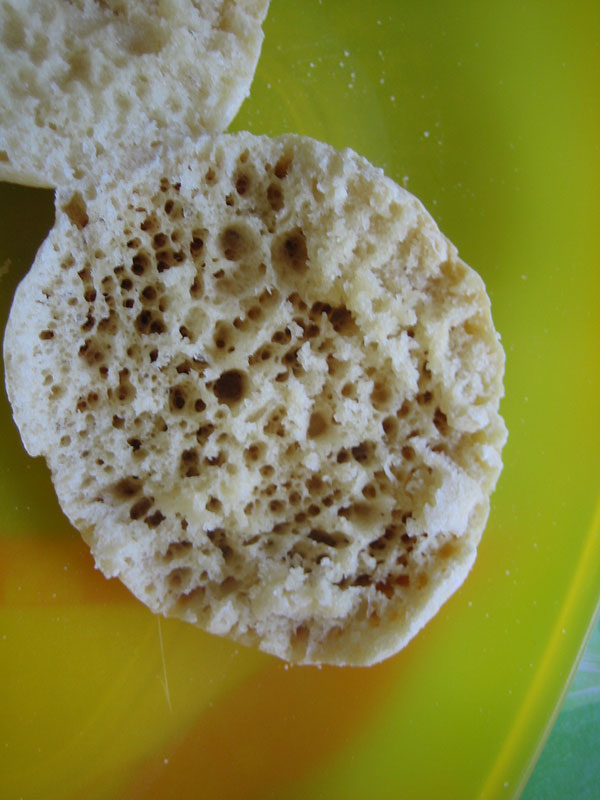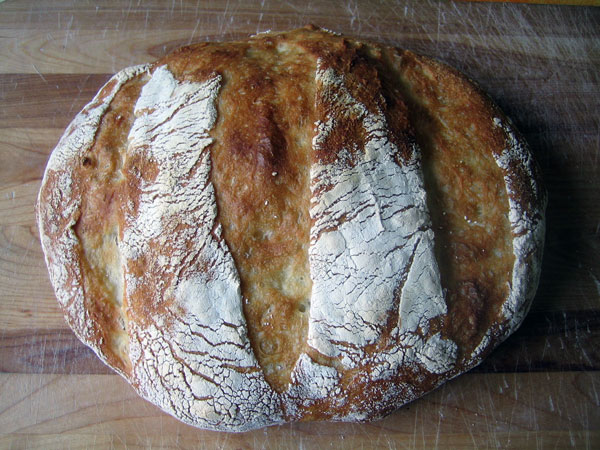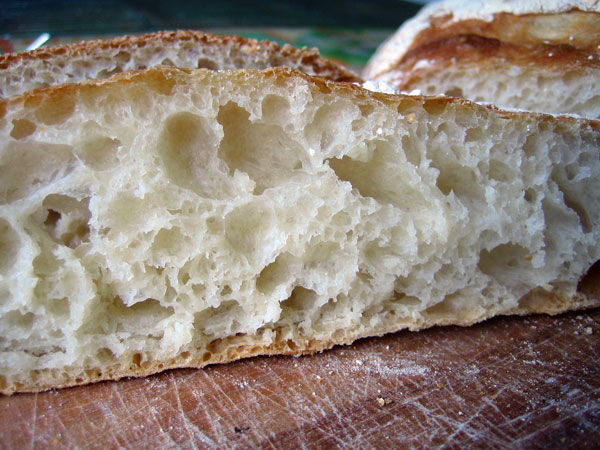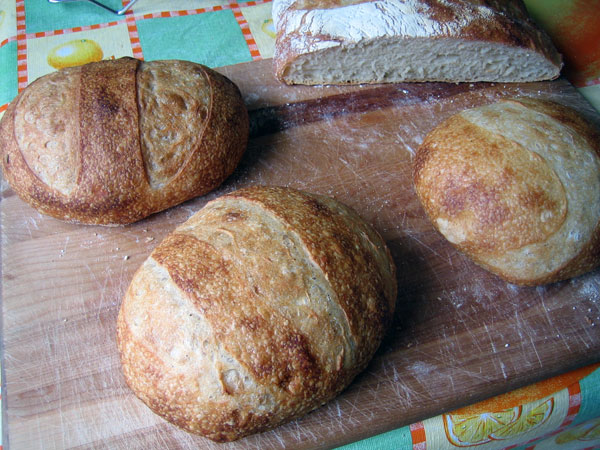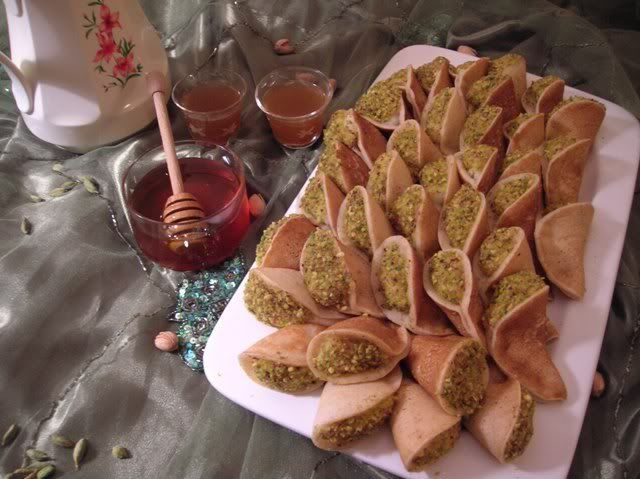
This recipe from the Middle East, we eat it especially in Ramadan or any time of the year, cause it's so tasty.
For the dough:
2 cups all purpose flour
1/4 cup whole wheat flour
1 1/2 teaspoon yeast
1 1/2 teaspoon sugar
1 1/2 cup fat free milk
1 1/2 cup water
For the filling (ashta):
2 cups fat free milk
7 1/2 tablespoons corn starch
1/4 cup + 1 tablespoon sugar
2 to 3 tablespoons thick cream (qaimar which is an Iraqi cream) but you can use the regular thick cream
2 tablespoons rose water
1 teaspoon vanilla
Chopped pistachio
To make the dough:
1-Mix the entire ingredient and let it rest about 40 minutes.

2- Cook about 2 tablespoon of the dough mixture in a hot pan until it bubble (just cook one side).



After finishing let them cool then fold half round then fill them with the filling (Using pastry bag) then dip them in the chopped pistachios.




To make the filling:
Mix corn starch with milk and sugar then bring it to boil in a medium pan, stir until thickens, then add the rest of the ingredient.

Spoon mixture into a bowel, refrigerate until cold.
Pastry bag:

Qaimar (Iraqi cream):

Serve with honey or syrup:

Visit my blog:
http://arabicbites.blogspot.com/
meedo

